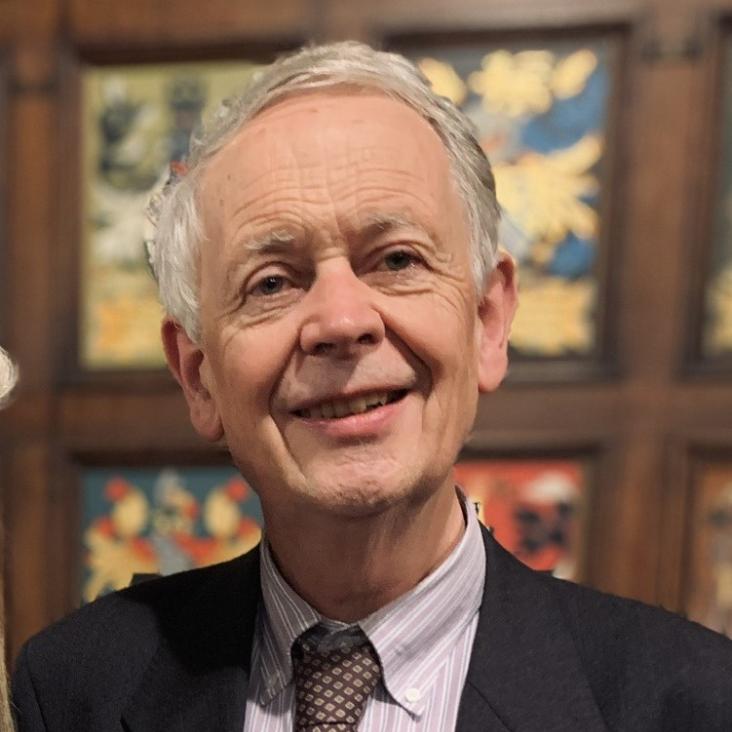An atlas of Hubble Space Telescope spectra and images of nearby spiral galaxies
ASTRONOMICAL JOURNAL 126:2 (2003) 742-761
Is there really a black hole at the center of NGC 4041? Constraints from gas kinematics
ASTROPHYSICAL JOURNAL 586:2 (2003) 868-890
Is there really a Black Hole at the center of NGC 4041? - Constraints from gas kinematics
ArXiv astro-ph/0211650 (2002)
Abstract:
We present HST/STIS spectra of the Sbc spiral galaxy NGC 4041 which were used to map the velocity field of the gas in its nuclear region. We detect the presence of a compact (r~0.4" ~40 pc), high surface brightness, rotating nuclear disk co-spatial with a nuclear star cluster. The disk is characterized by a rotation curve with a peak to peak amplitude of ~40 km/s and is systematically blueshifted by 10 - 20 km/s with respect to the galaxy systemic velocity. With the standard assumption of constant mass-to-light ratio and with the nuclear disk inclination taken from the outer disk, we find that a dark point mass of 1(-0.7;+0.6) 10^7 Msun is needed to reproduce the observed rotation curve. However the observed blueshift suggests the possibility that the nuclear disk could be dynamically decoupled. Following this line of reasoning we relax the standard assumptions and find that the kinematical data can be accounted for by the stellar mass provided that either the central mass-to-light ratio is increased by a factor of ~2 or that the inclination is allowed to vary. This model results in a 3 sigma upper limit of 6 10^6 Msun on the mass of any nuclear black hole. Overall, our analysis only allows us to set an upper limit of 2 10^7 Msun on the mass of the nuclear black hole. If this upper limit is taken in conjunction with an estimated bulge B magnitude of -17.7 and with a central stellar velocity dispersion of 95 km/s, then these results are not inconsistent with both the MBH-Lsph and the MBH-sigma correlations. Constraints on black hole masses in spiral galaxies of types as late as Sbc are still very scarce and therefore the present result adds an important new datapoint to our understanding of black hole demography.Radial mixing in galactic discs
Monthly Notices of the Royal Astronomical Society 336 (2002) 785-796
AGN as cosmic thermostats
ArXiv astro-ph/0210569 (2002)


